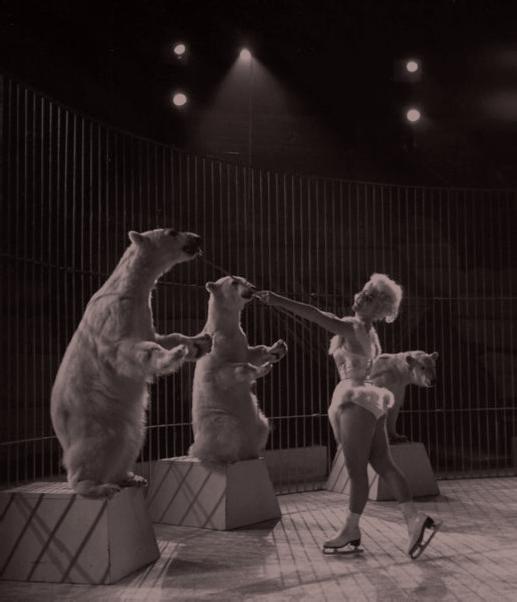

Reves des Cirque Le

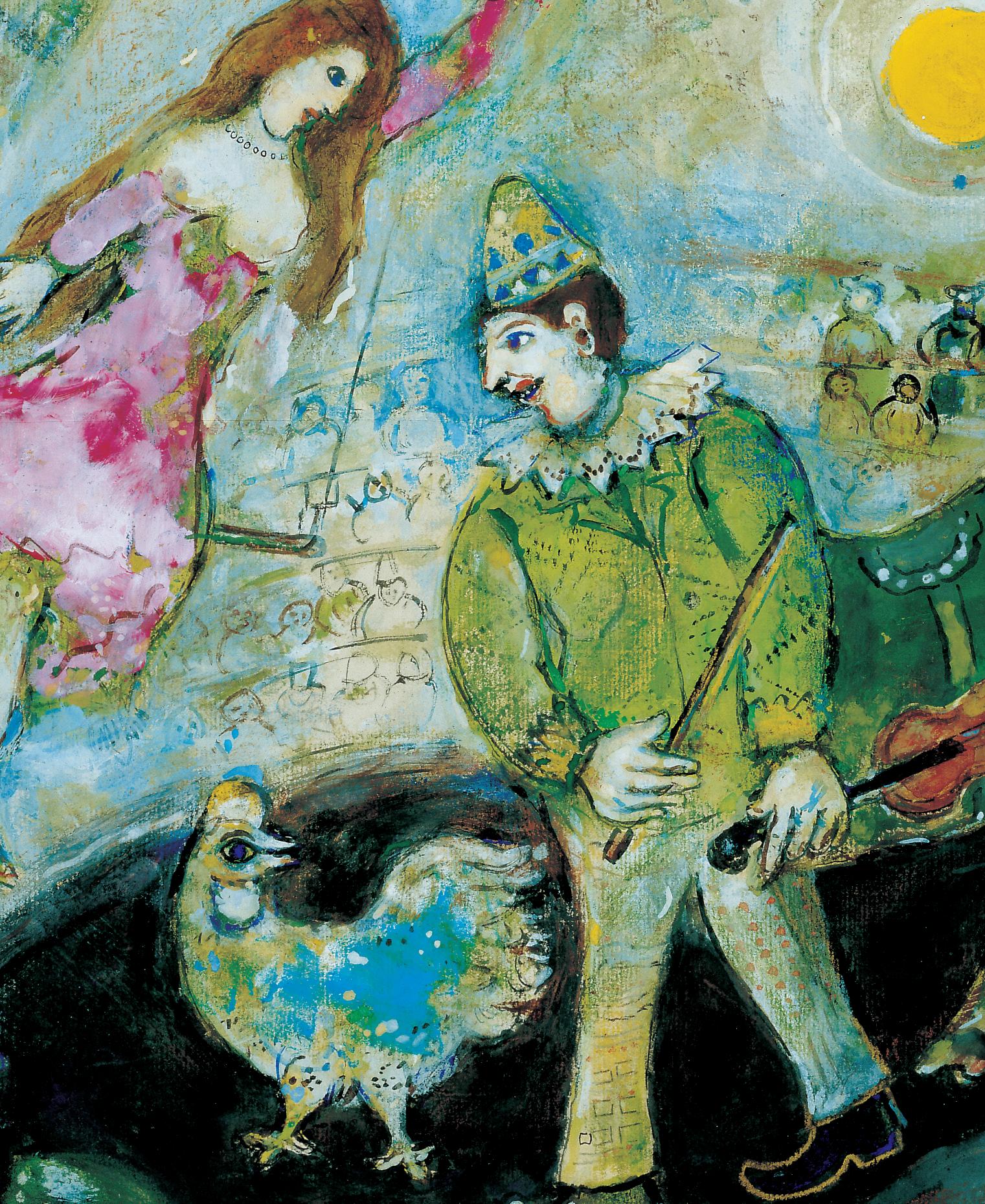


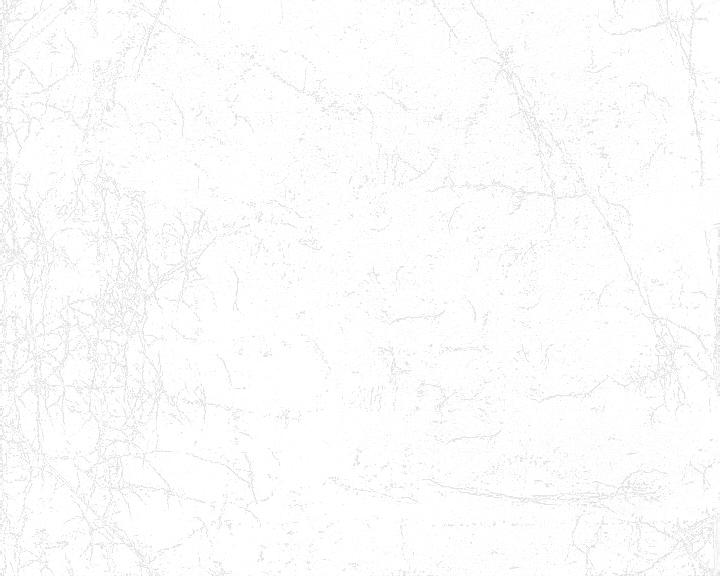
THREE CENTURIES IN
Reves des Cirque Le FINDLAY GALLERIES

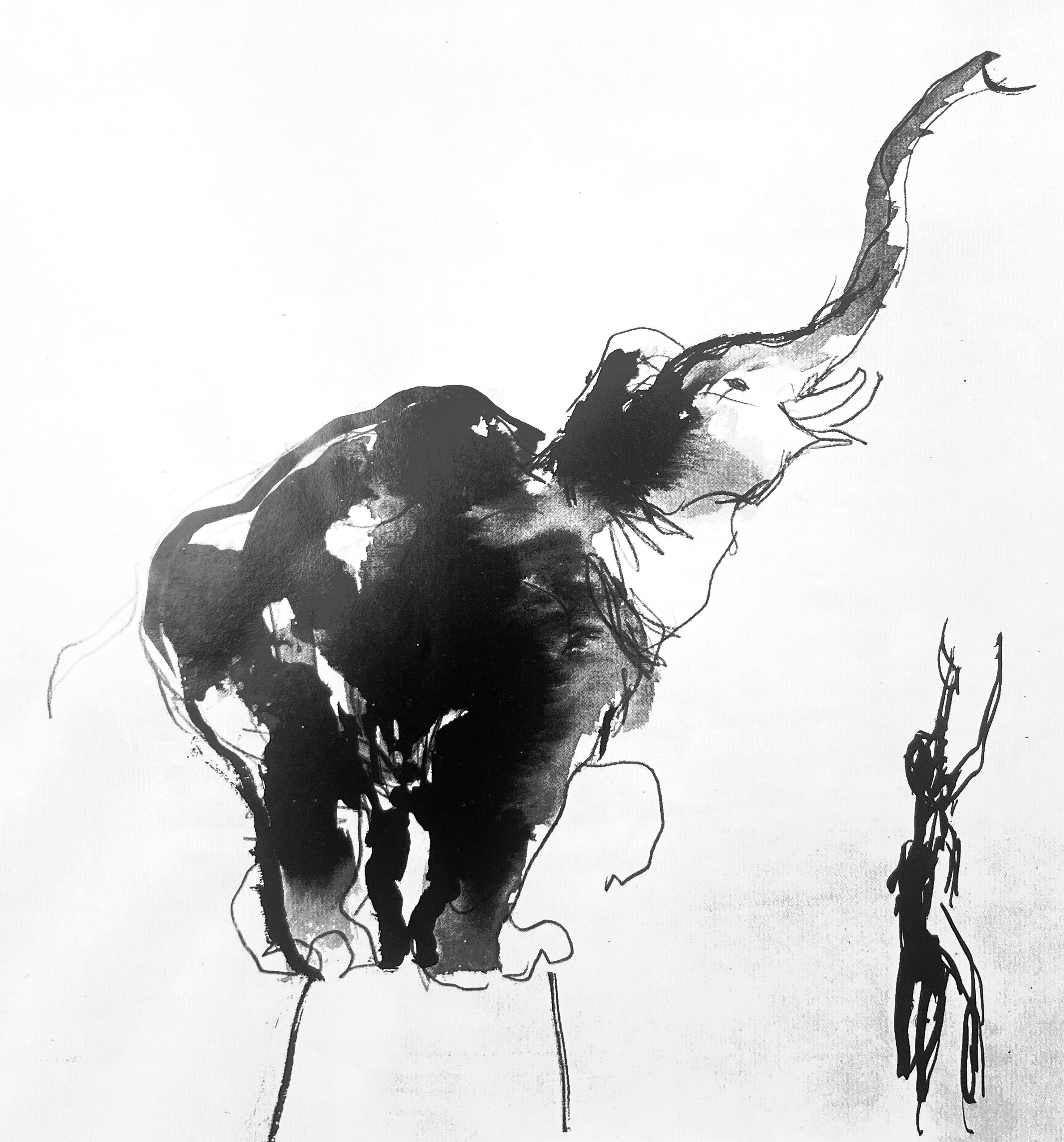
Introduction
Findlay Galleries is delighted to present Le Cirque des Rêves, an exhibition that pays vibrant homage to the spectacle, mystery, and enduring romance of the circus as seen through the eyes of six masterful artists: Marc Chagall, Nicola Simbari, Jean Dufy, Gen Paul, Henri Matisse, and Henri Maïk. Together, their works capture the visual poetry of the early 20th-century circus—an era when the arrival of the big top transformed towns into theatres of wonder and imagination.
In the early decades of the last century, the circus occupied a unique place in European and American culture. It was a cherished ritual, one steeped in its own elegant etiquette. Audiences arrived dressed for the occasion, often in evening wear, their excitement swelling with each sound of the orchestra tuning. Under the vaulted canopy of striped tents, an unspoken decorum ruled: silence during the tightrope walker’s ascent, thunderous applause for the tumblers, and collective awe at the soaring feats of the trapeze artists. The circus was both social event and enchanted dreamscape—a pageant of daring, color, and carefully orchestrated illusion.
Marc Chagall, whose imagination was forever tethered to the floating figures and fantastical creatures of circus life, evokes its spiritual and dreamlike dimensions. His works pulse with emotion and whimsy, blending memory and myth. Jean Dufy and Gen Paul interpret the circus through the lens of modernist energy and movement, capturing its rhythm, spectacle, and city-life allure. Nicola Simbari dazzles with dynamic color and sunlit drama, while Henri Maïk conjures the childlike joy and narrative charm of the parade. Matisse, ever the master of form and theatrical composition, contributes a sense of elegance and design that elevates the performers to icons of grace.
Le Cirque des Rêves brings these visions together in a lyrical celebration of a world that still haunts the cultural imagination. The circus, in these paintings, is not merely a subject—it is a symbol of performance, vulnerability, and sublime beauty. The artists reveal its many layers: the glitter and grit, the harmony and chaos, the fleeting brilliance of a moment before it disappears behind the curtain.
As you move through the exhibition, you are invited to surrender to the wonder that once captivated generations. Like the rustle of velvet curtains before a show, or the hush of a crowd just before the drumroll, Le Cirque des Rêves offers a timeless invitation to dream—to step into a world where gravity is defied, reality is suspended, and the heart beats just a little faster beneath the spell of the ring.
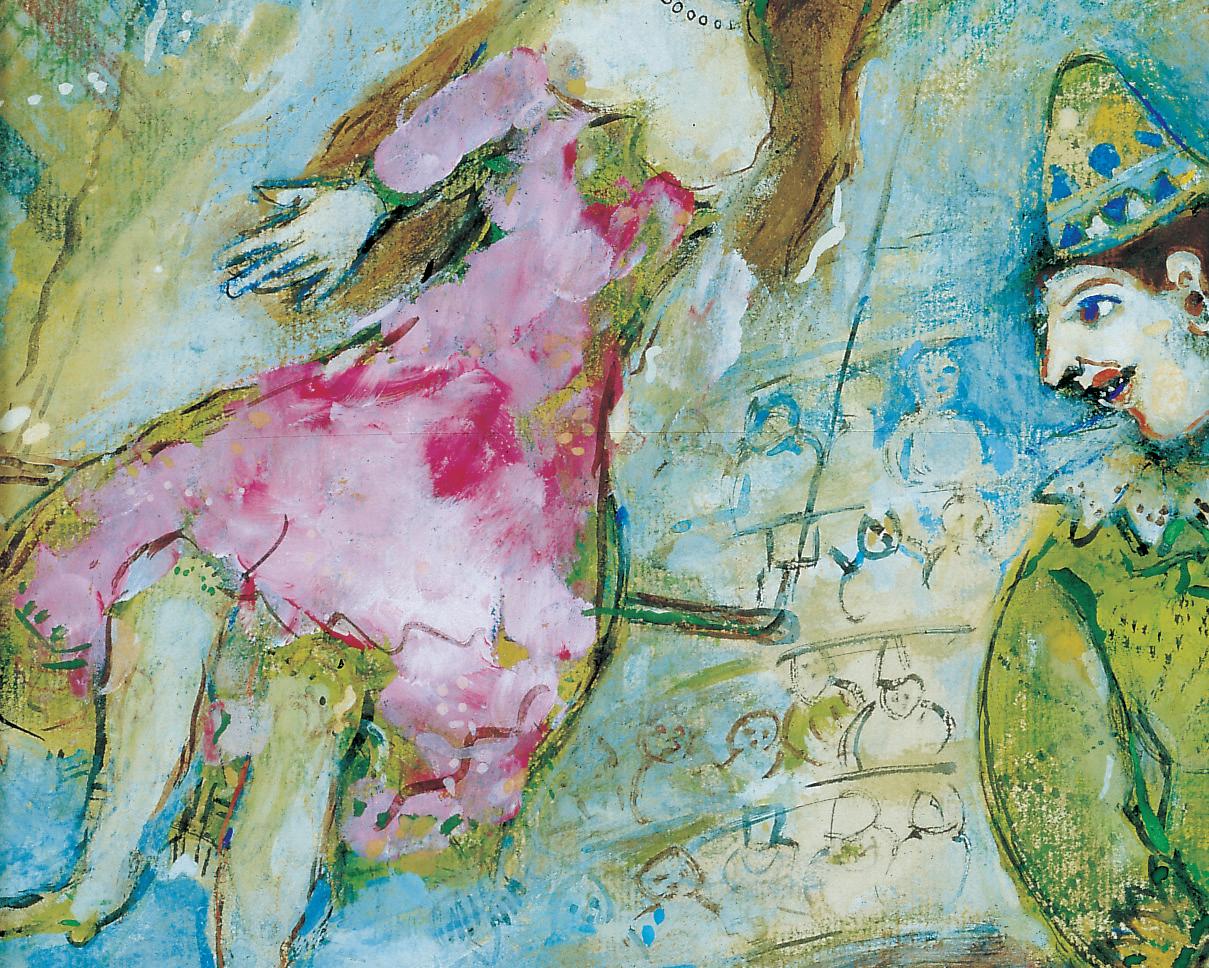


“For me, a circus is a magic show that appears and disappears like a world,” Marc Chagall wrote in 1966. “These clowns, bareback riders and acrobats have made themselves at home in my visions. Why? Why am I so touched by their make-up and their grimaces? With them I can move towards new horizons.”
In his work, Chagall consistently sought to create fantasy worlds in which anything was possible. For him, the circus stage was the ideal setting for dreamlike, extraordinary acts: trapeze artists, lovers, cockerels and violinists floating in their own metaphysical spaces, defying, like the circus itself, the formal laws of composition.
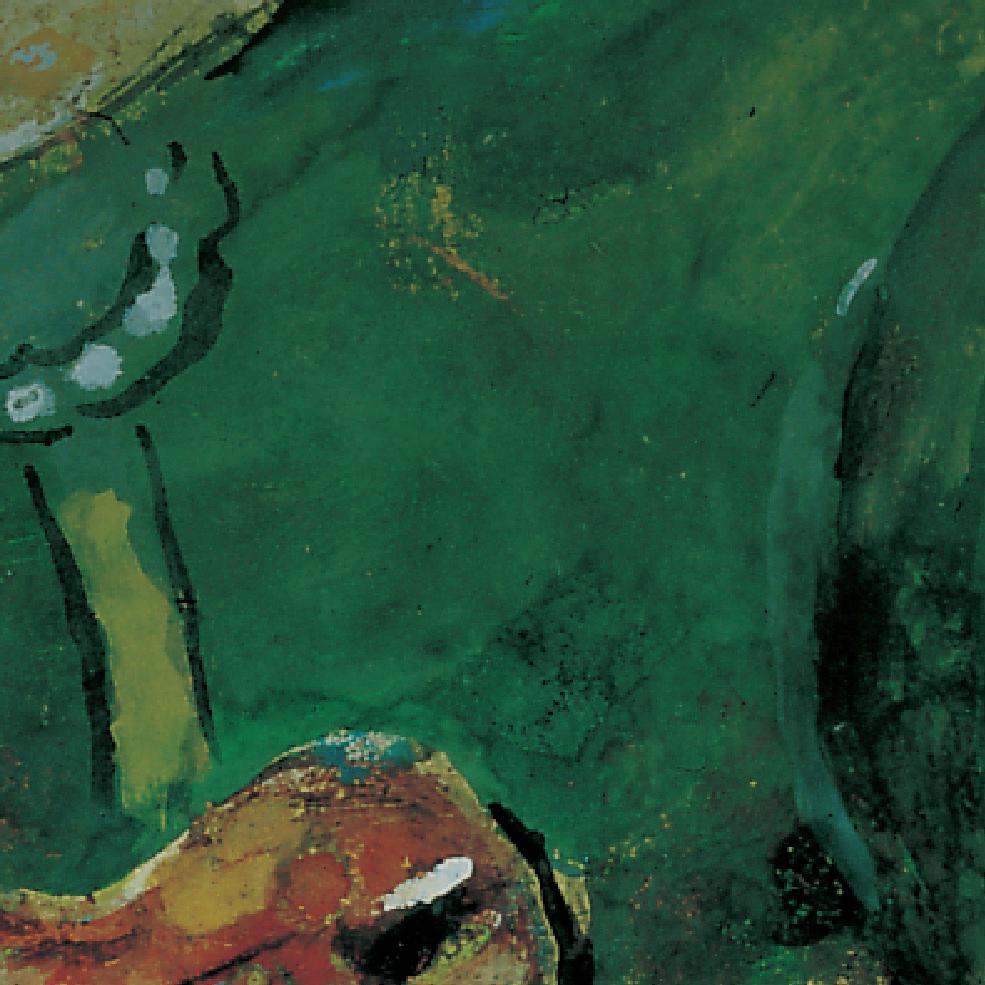
‘A circus is disturbing. It is profound,’ Chagall wrote in 1966. ‘A timeless dancing game where tears and smiles, the play of arms and legs take the form of a great art.’


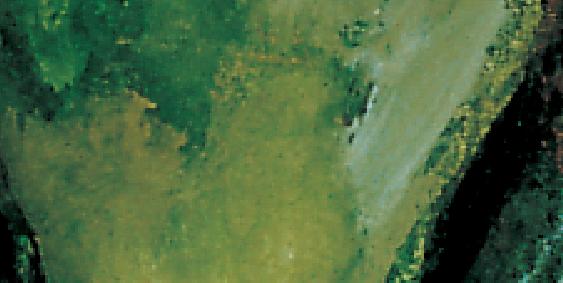
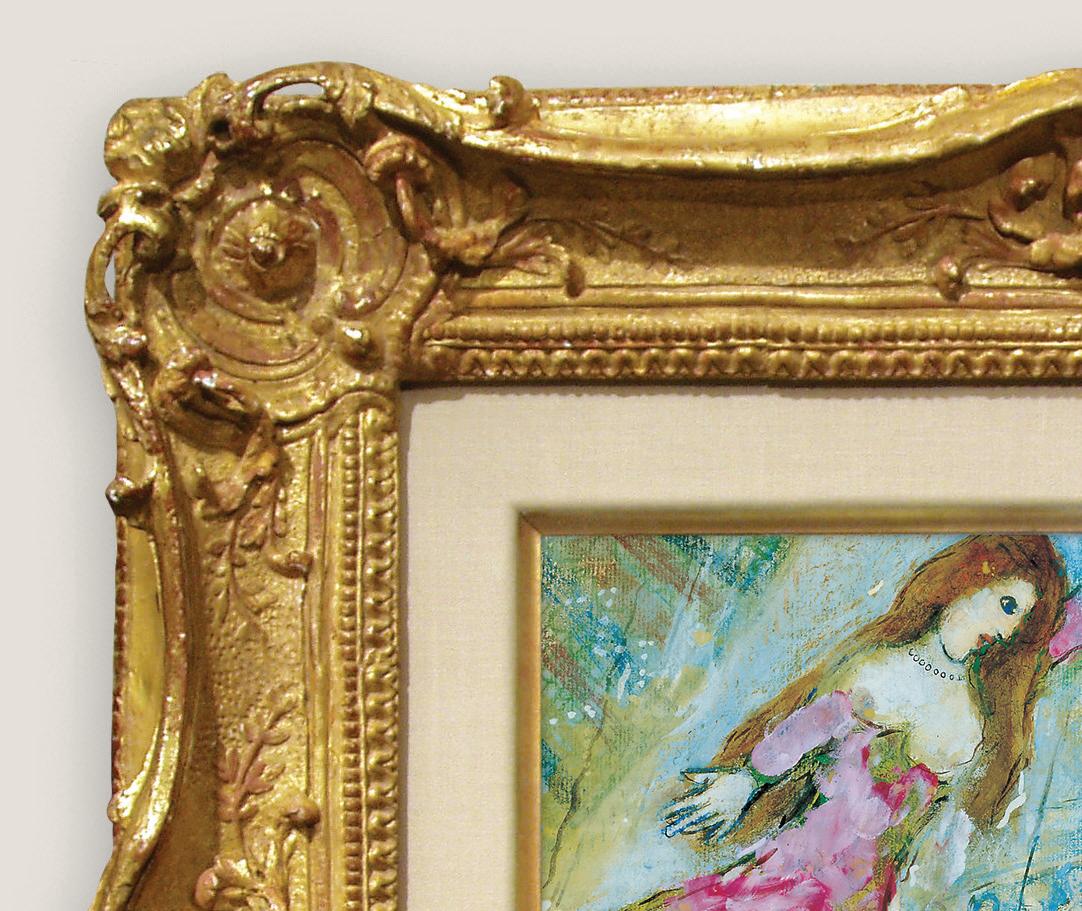
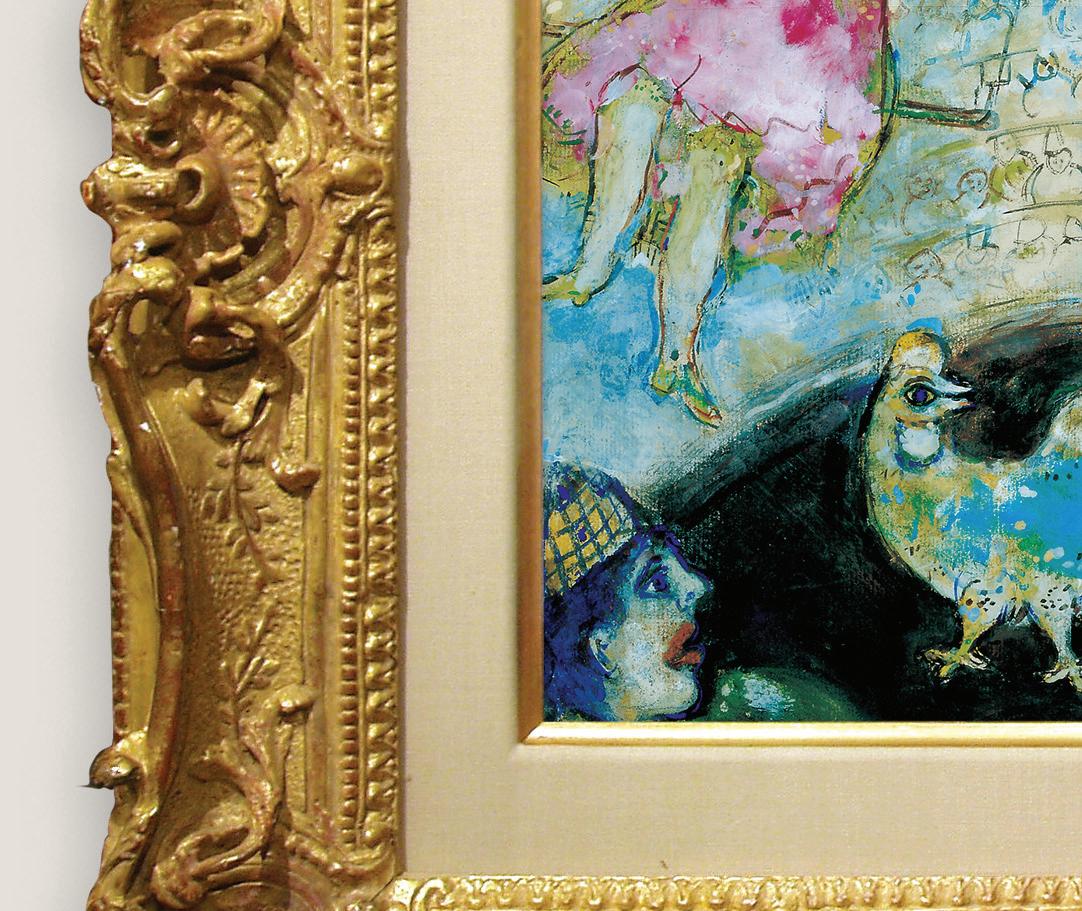
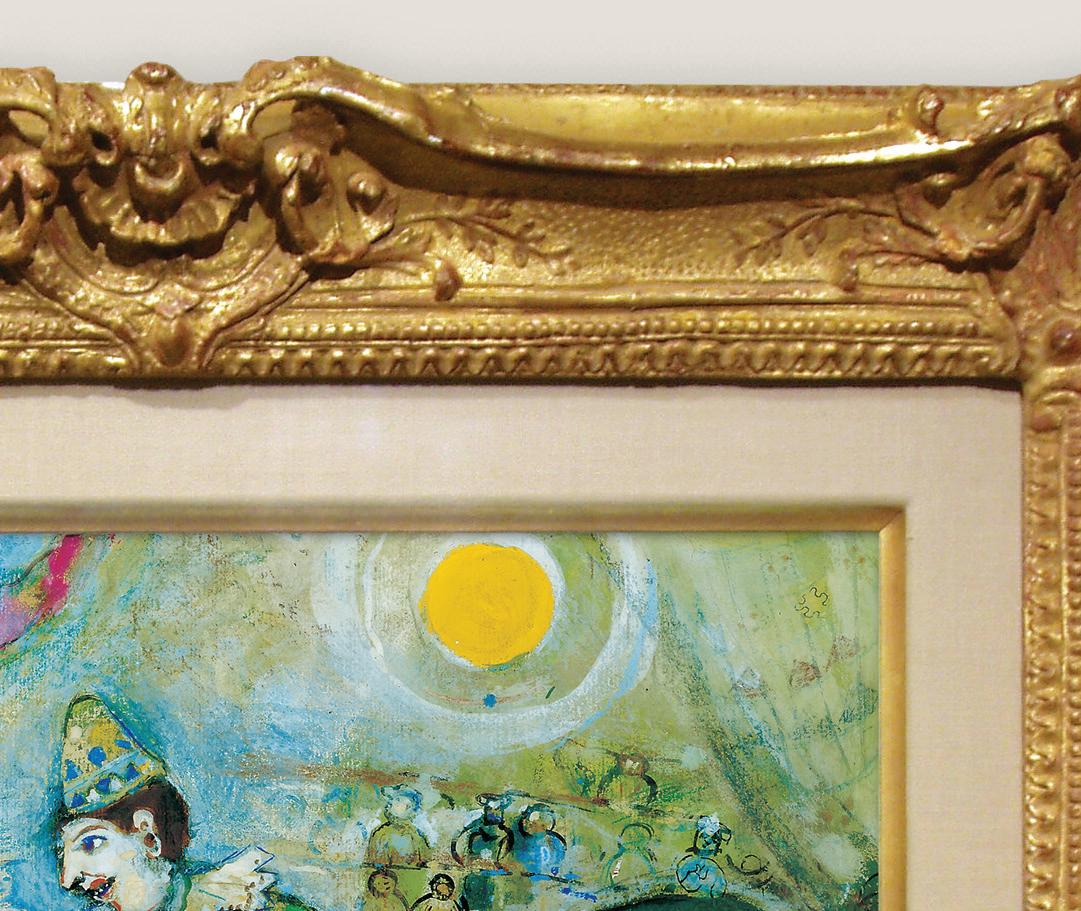


(cover image) Marc Chagall (1887-1985) | Le Cirque, 1941 watercolor, gouache and pastel on paper | 15 1/4 x 19 1/2 in. | FG© 129010

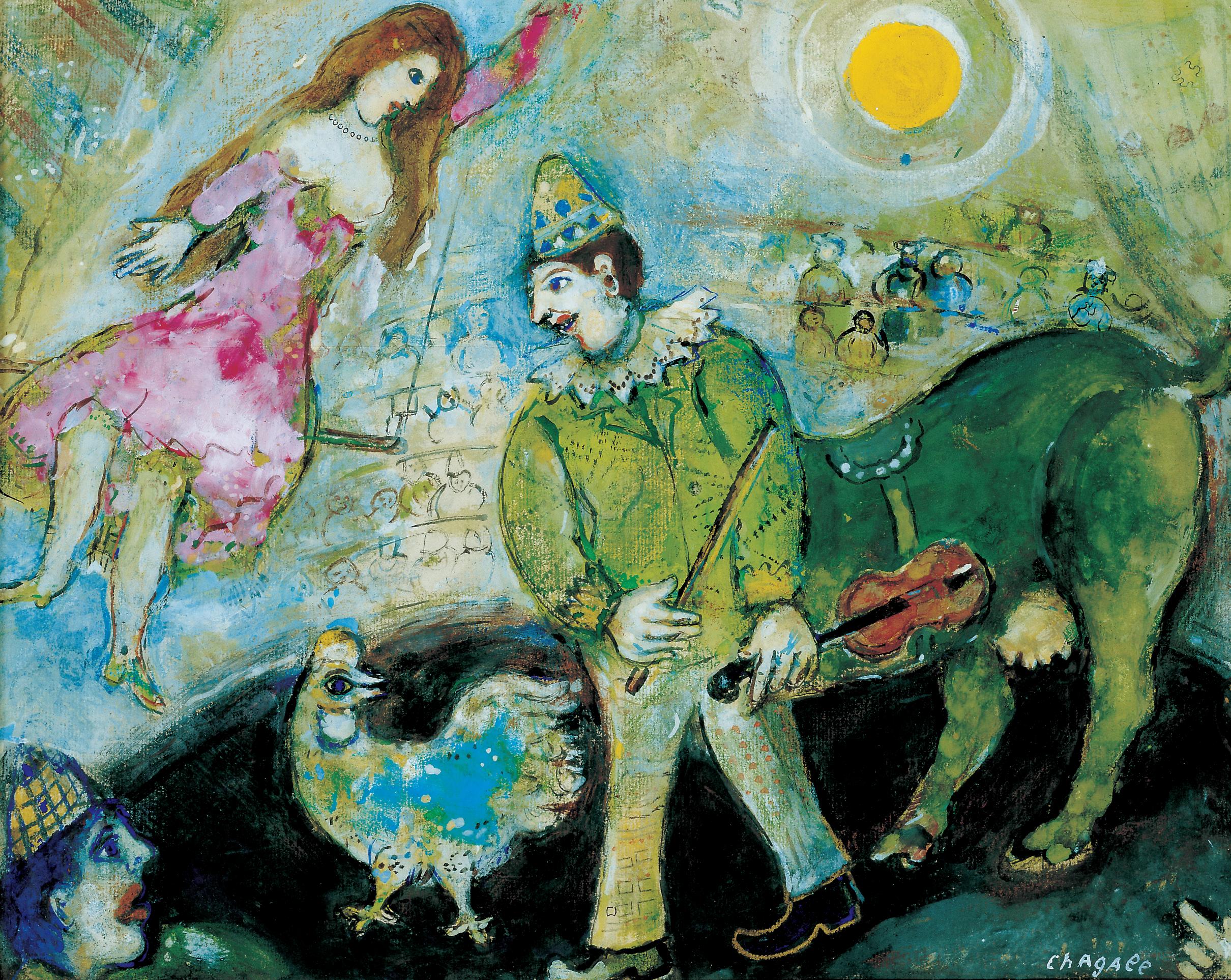
“The circus is joy. An explosion of color, a knot of movement, a shimmer of light, the dynamism of forms. It is also a force of life, a constant feat dominated by rigor, assurance, and the infallible precision of a gesture that cannot fail.
The spirit of the circus is also innocence, through laughter, the almost physical participation of the spectator who, with all their muscles, follows the “feats of strength,” the openness of minds ready to welcome all the clowns’ pranks. It is childhood rediscovered, prolonged joy.
All of this—yes, all of this—I find again in the paintings of Nicola Simbari, master of his palette, whose magical eye has distinguished the essential from the detail, like pinning a butterfly with shimmering wings to prolong its splendor and stop time.
With his paintings, the circus becomes timeless and the ephemeral takes on the dimension of the eternal.
The smells, the sounds, the glitter, the beings, the animals—this orgy of sounds, movement, of vibrant life that characterizes the circus—transform into shapes and colors with an enchanted vision as if from a crystal ball.”
– Jean Richard, Paris, 1978
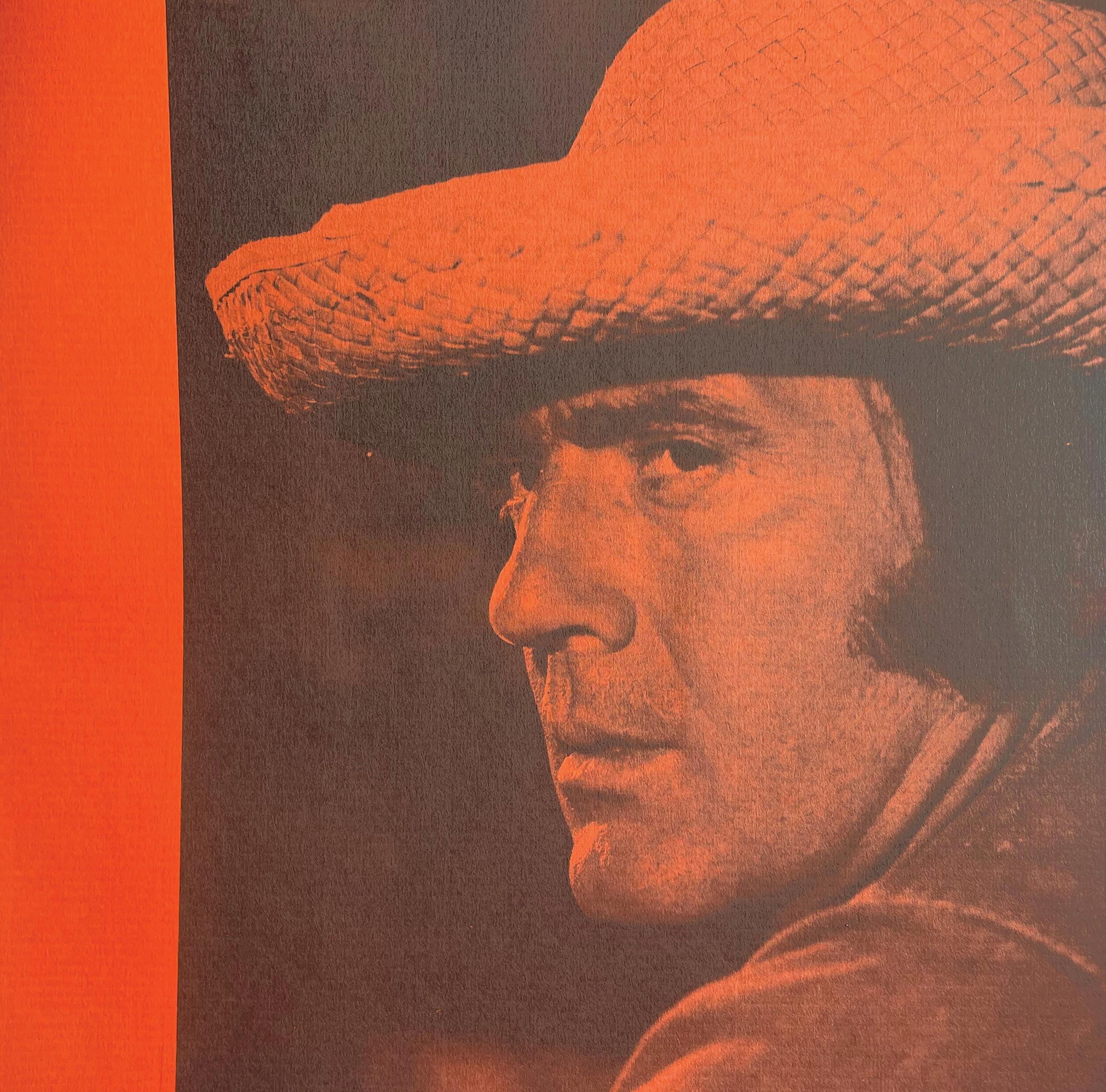
Nicola Simbari

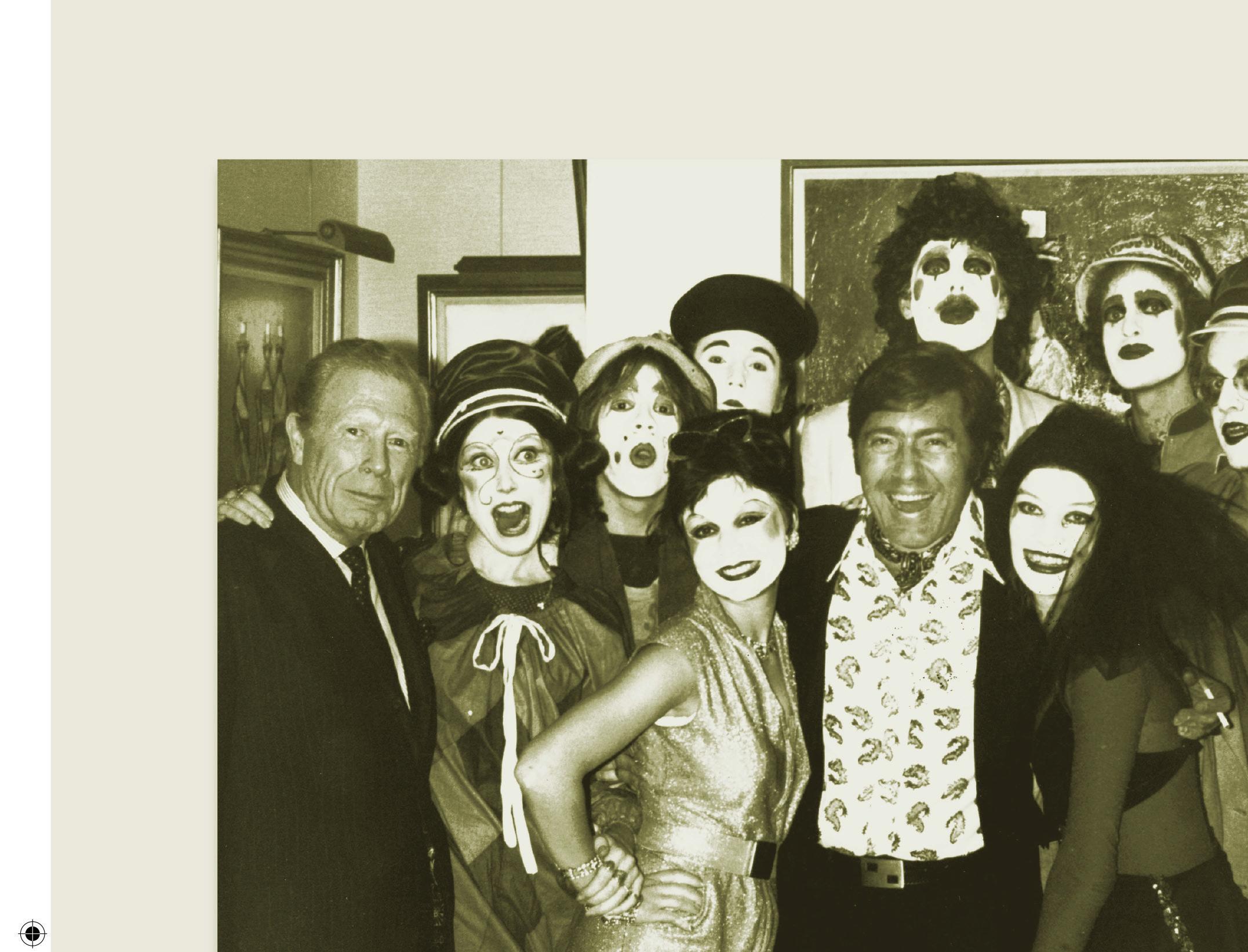

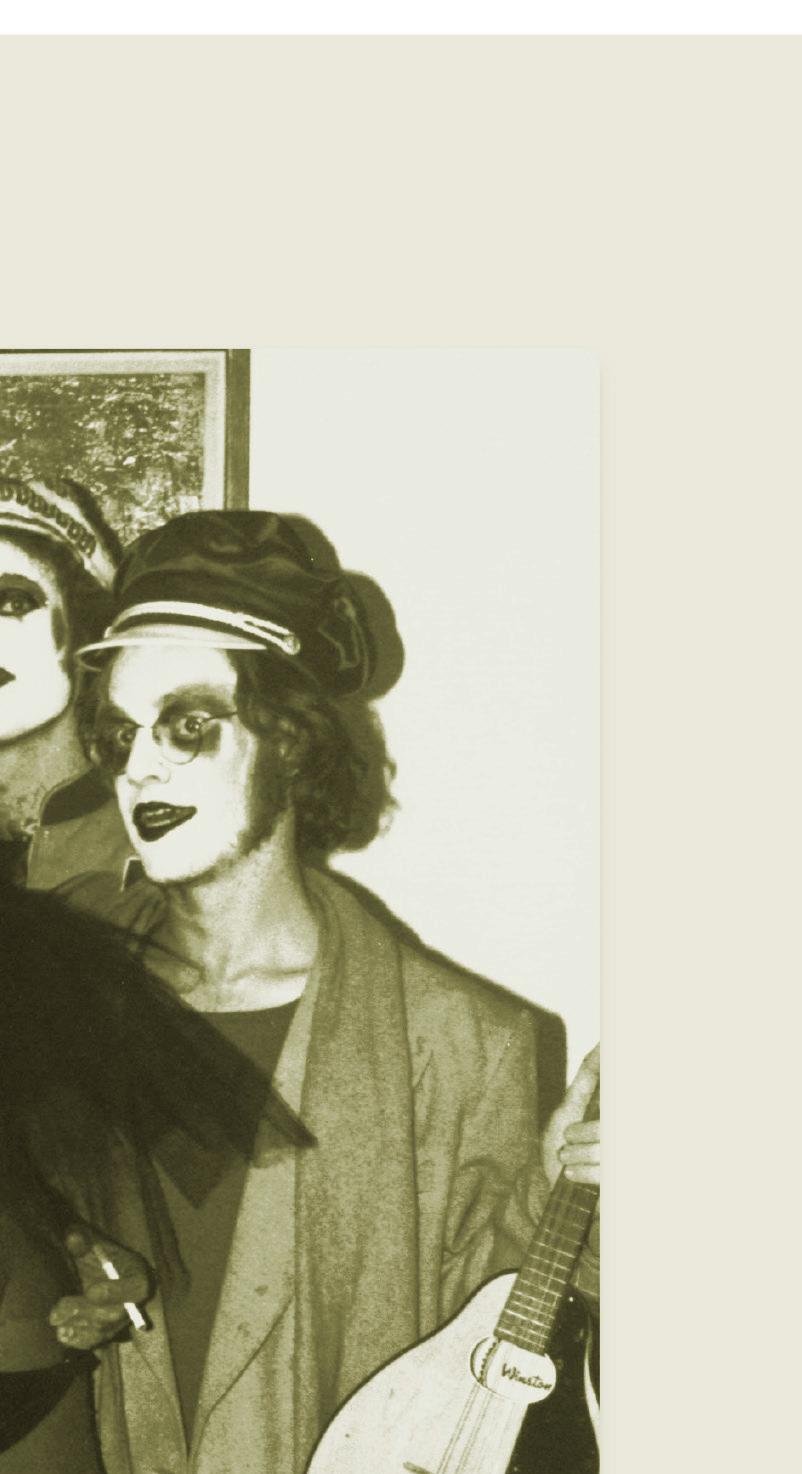
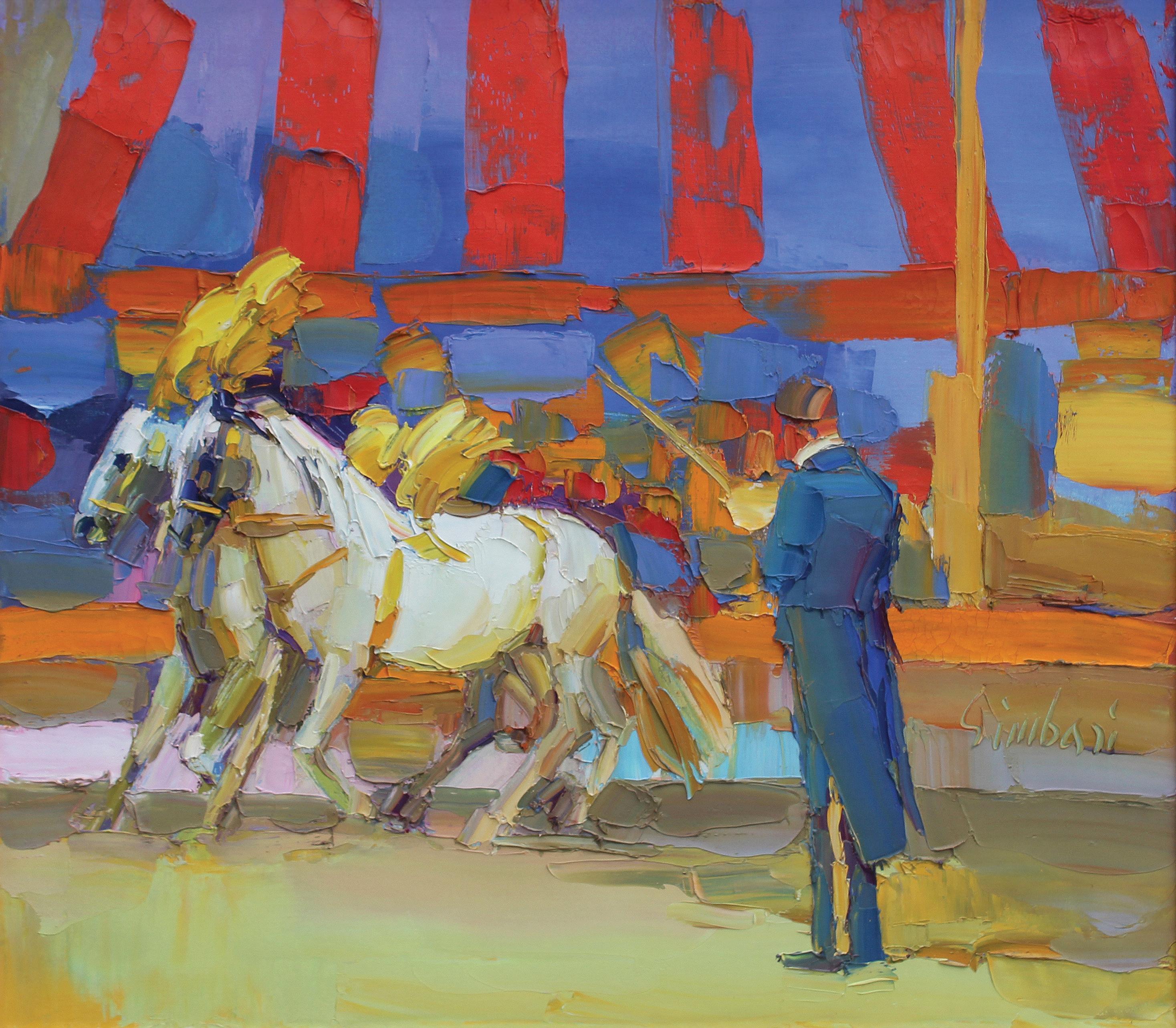
Nicola Simbari (1927-2012) | Allez-hoop, 1977 | oil on canvas | 27 3/4 x 31 1/2 in. | FG© 139809
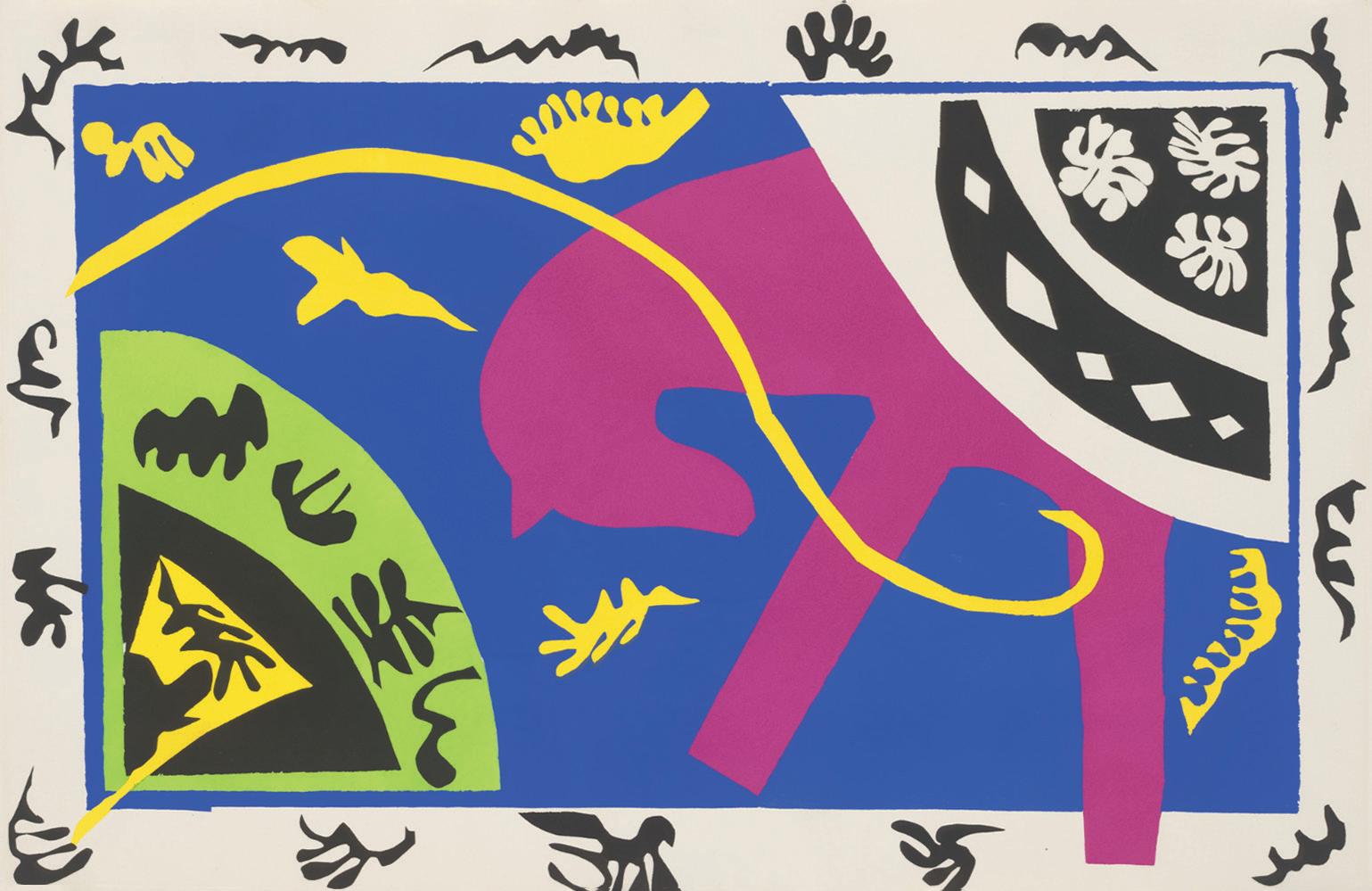
Henri MATISSE (after) | Le cheval, L’ecuyere et le clown, 2013
offset lithograph printed on Ital-yon Polyedra Rives paper | 15 x 22 1/2 in. | FG© 140856

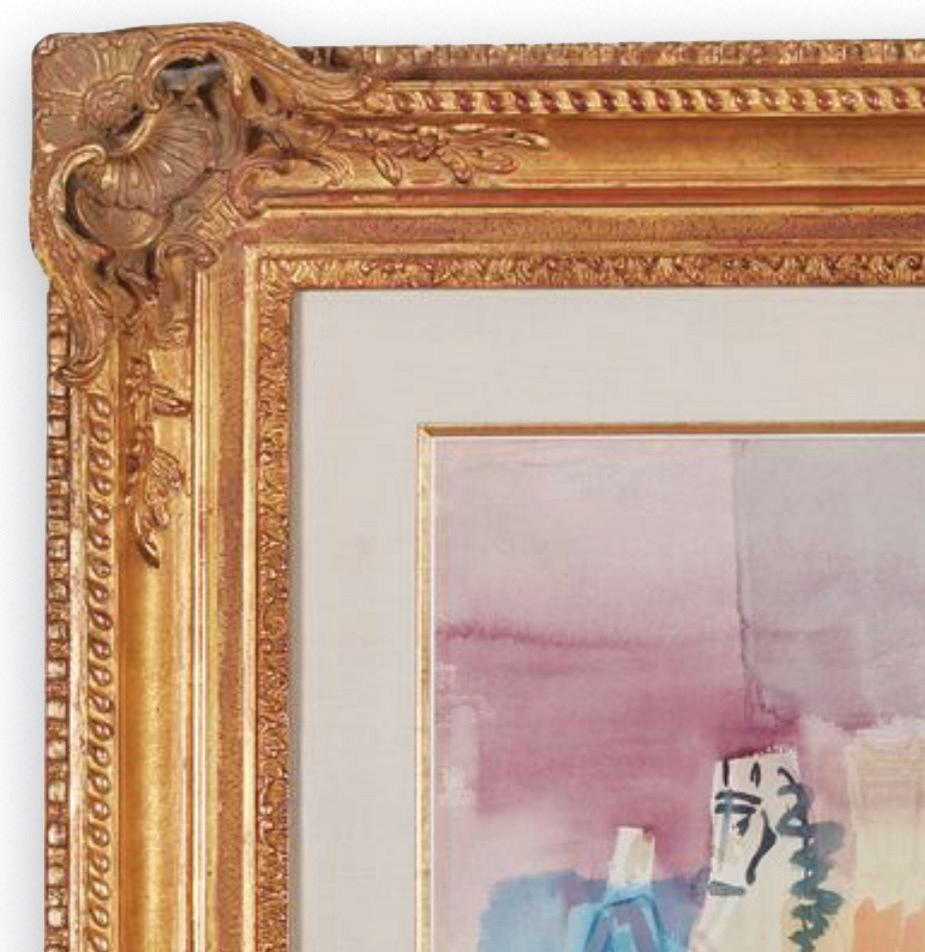


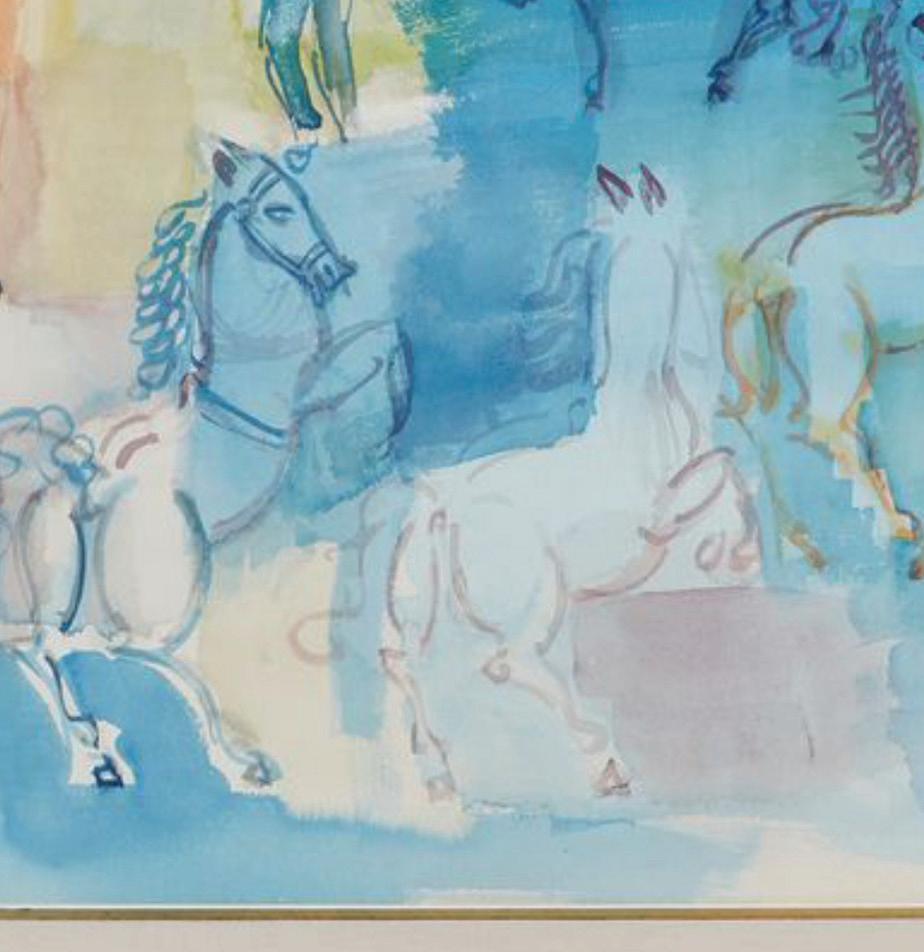




Jean Dufy (1888-1964) | Scene de cirque, 1926
watercolor on paper | 19 x 24 7/8 in. | FG© 140122
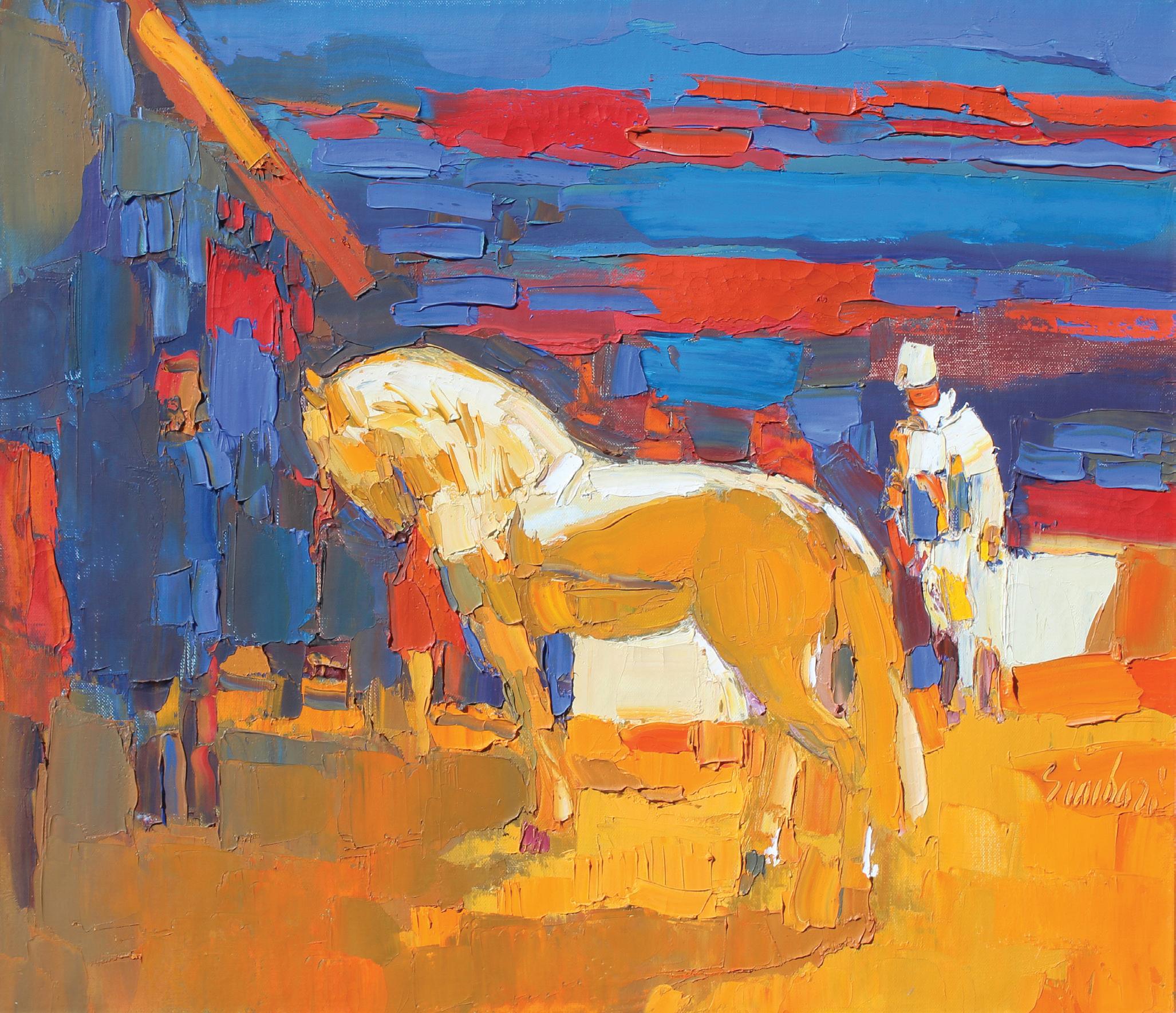
Nicola Simbari (1927-2012) | Le cheval blanc, 1978 | acrylic on canvas | 24 x 28 in. | FG© 139743

Maïk (1922-1993) | Le 5 compains, 1980 oil on canvas | 13 x 9 7/16 in. | FG© 141162
Henri

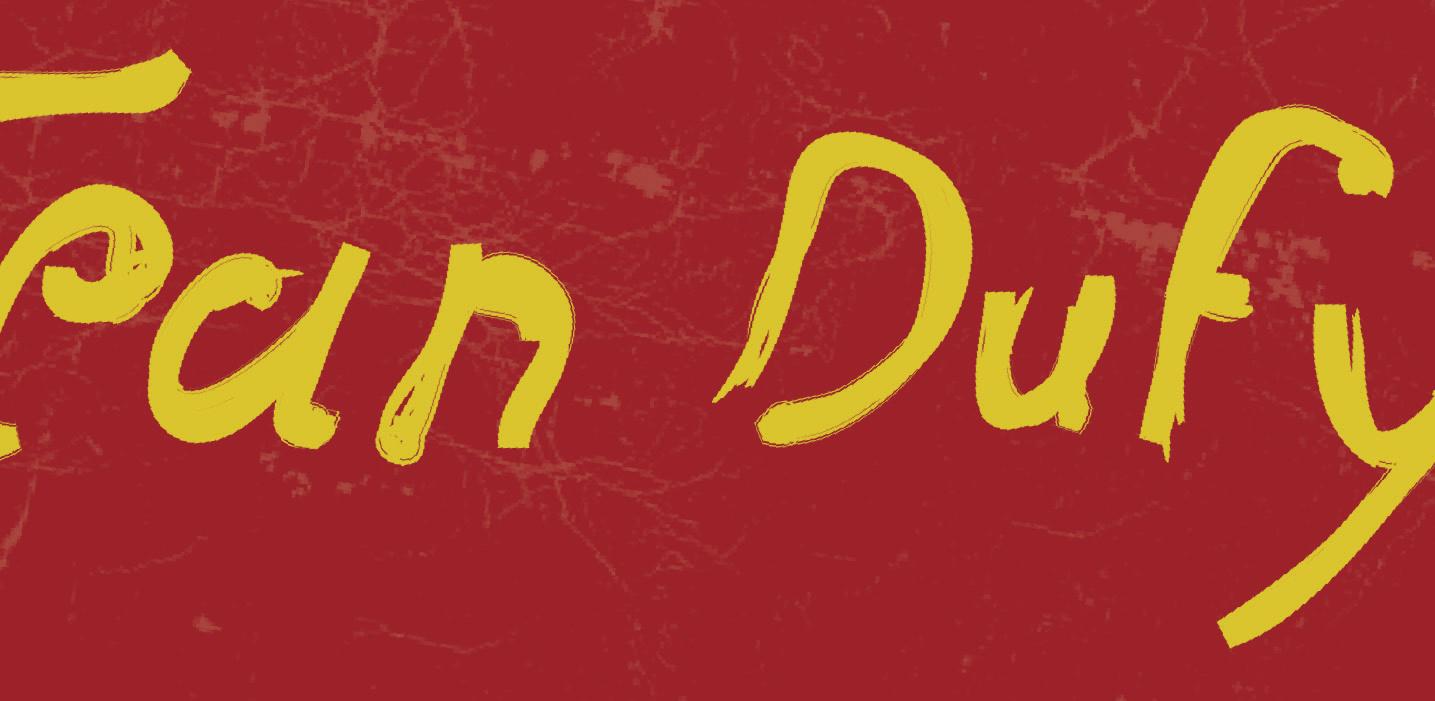
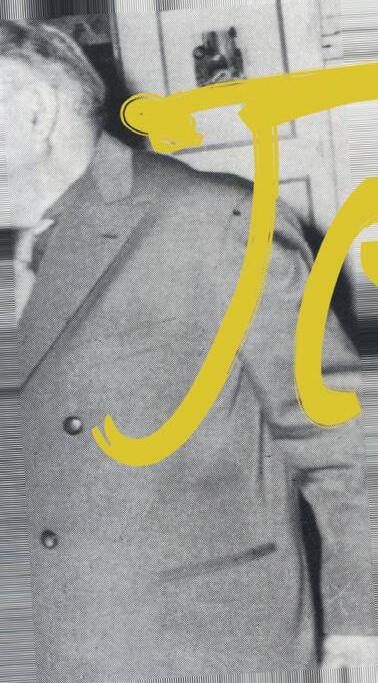


“ If I paint the circus, it’s because I love circuses. I have many friends, such as the Fratellinis, The Porto clowns, Rhum, Achille Zavatto, and Trunck, animal trainer.” The painter loved the circus as a spectator, but he also experienced it from the inside thanks to his friendships, especially with Francois Fratellini. “These artists are saints, true artists who give themselves completely to their public. Their purpose in life is to be in the ring where they always try to be better than the day before”, – Jean Dufy
And above all, there are the musical instruments, the accordion, the guitar, the trombone, the saxophone, the muted trumpet. Most strikingly are the similarities between these objects and Dufy’s beings. I had never before noticed the resemblances between a horse and a double bass, a clown and a concertina, an acrobat and a tambourine. Nevertheless, they are all part of the same universe; you cannot have one without the other. This, I believe ins Jen Dufy’s secret. With his resonant imagery, he is a painter of sound. – Jacques Bailey

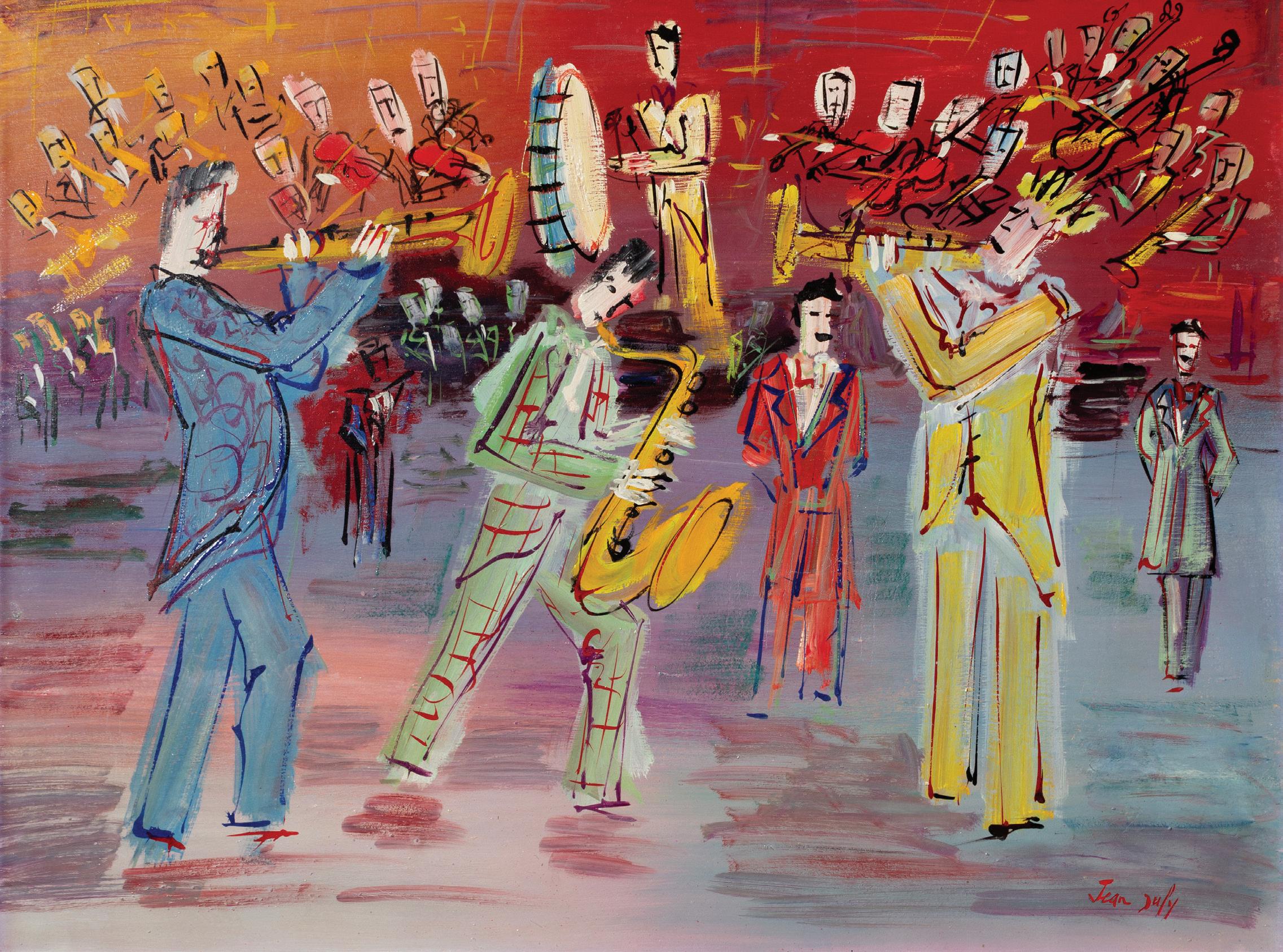
oil on paper laid down on 8-ply
| 18 1/8 x 24 7/16 in. | FG© 140906
Jean Dufy (1888-1964) | Cirque, 1948
ragboard
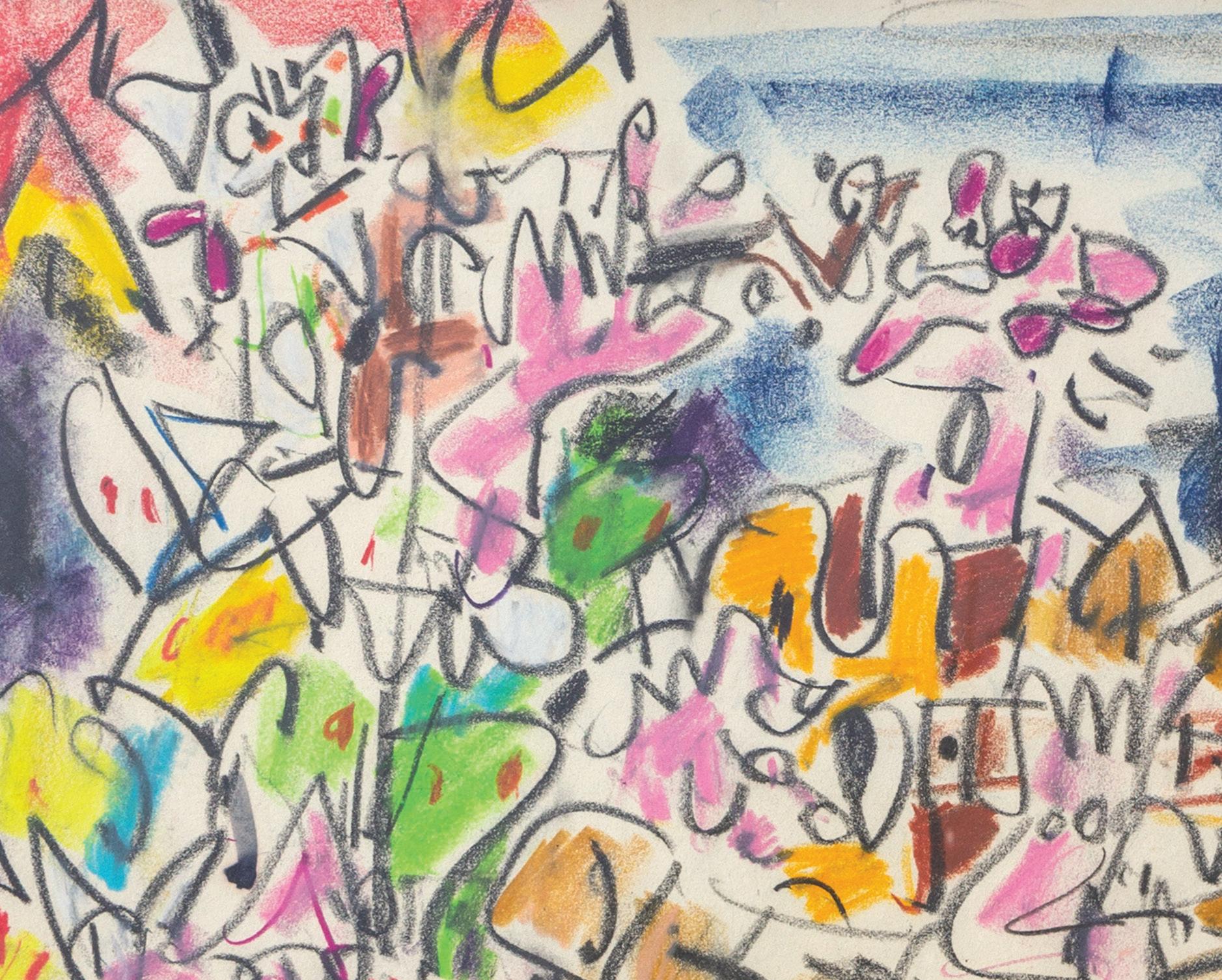
Gen Paul (1895-1975)
Clowns musiciens, 1958
pastel on paper
16 1/8 x 12 9/16 in.
FG© 137076


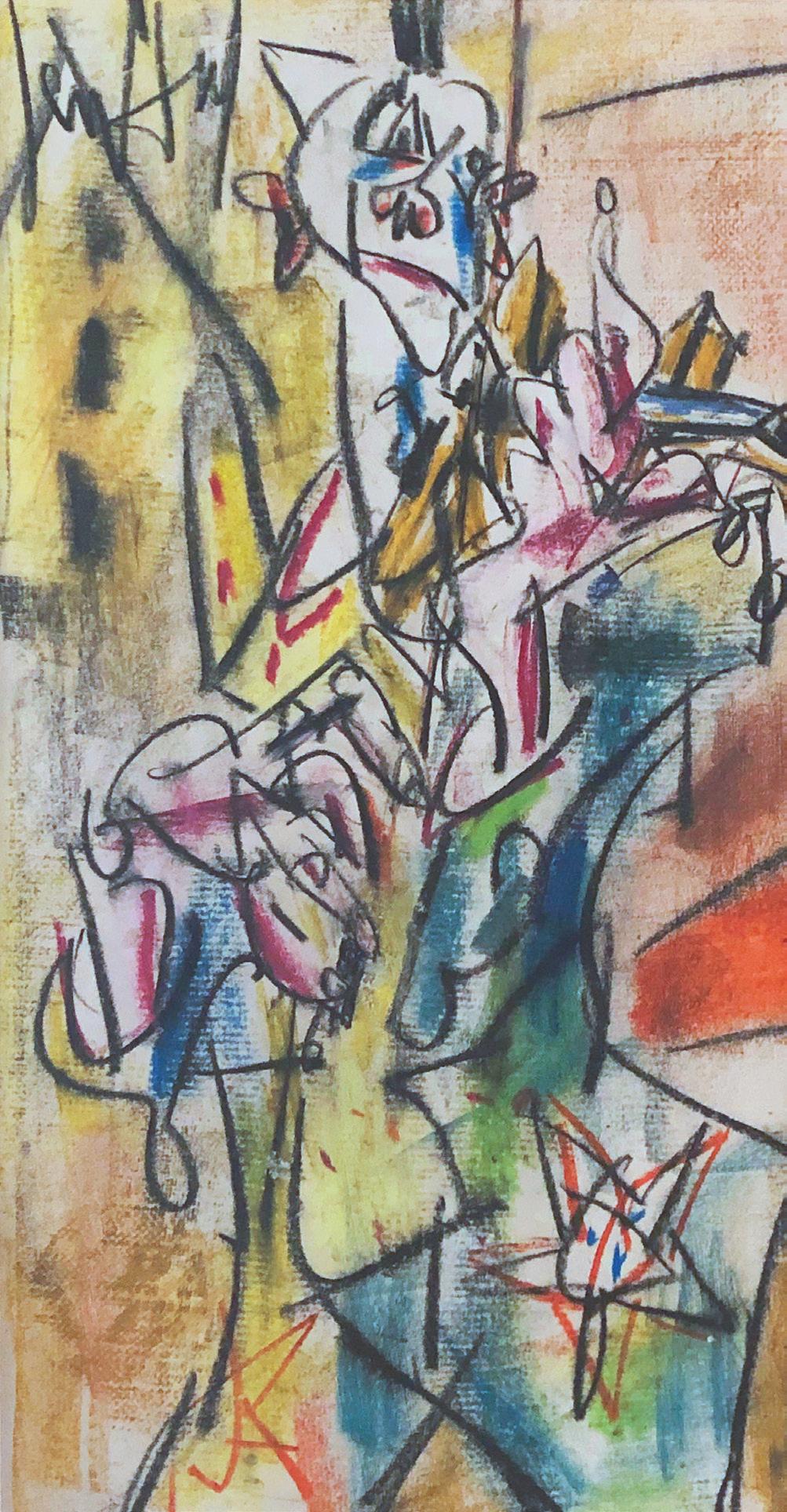
Gen Paul (1895-1975) | Clowns Musiciens crayon on paper | 21 1/4 x 16 1/8 in. | FG© 140957
Gen Paul (1895-1975) | Le Clown Violiniste pastel on paper | 14 15/16 x 9 13/16 in. | FG©

Gen Paul was born and raised in Montmartre, Paris, the bohemian artistic community many artists would flock. He left Paris to fight in World War I, where he was seriously injured and lost his right leg in 1915. Gen Paul returned home, and his artistic career began. During these early years of his career, which spanned 60 years, he saw “everyone come and go”, referring to all the great names who spent time in Montmartre before moving on again. He was also highly regarded by writers, artists, actors, and Parisian natives; Jean-Paul Crespelle said that “Gen Paul was the last of the great painters of Montmartre”. He was a socialite and a city dweller; he needed the city and loved living amidst the noise and movement, surrounded by people. He would often have famous writers, actors, artists, and even clowns from the circus in his salon while he would paint late into the night. It’s apparent to see why so much life, color, and vibrance is present on his canvas.
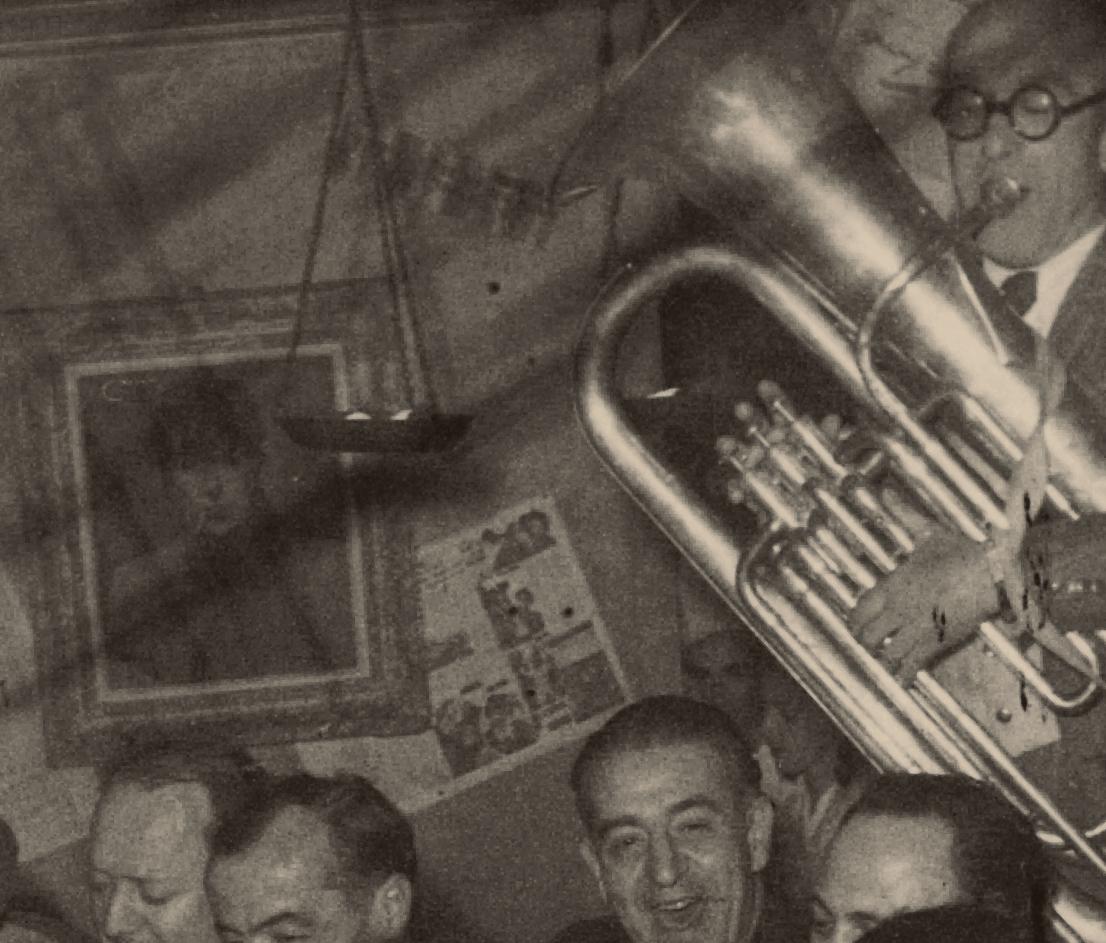
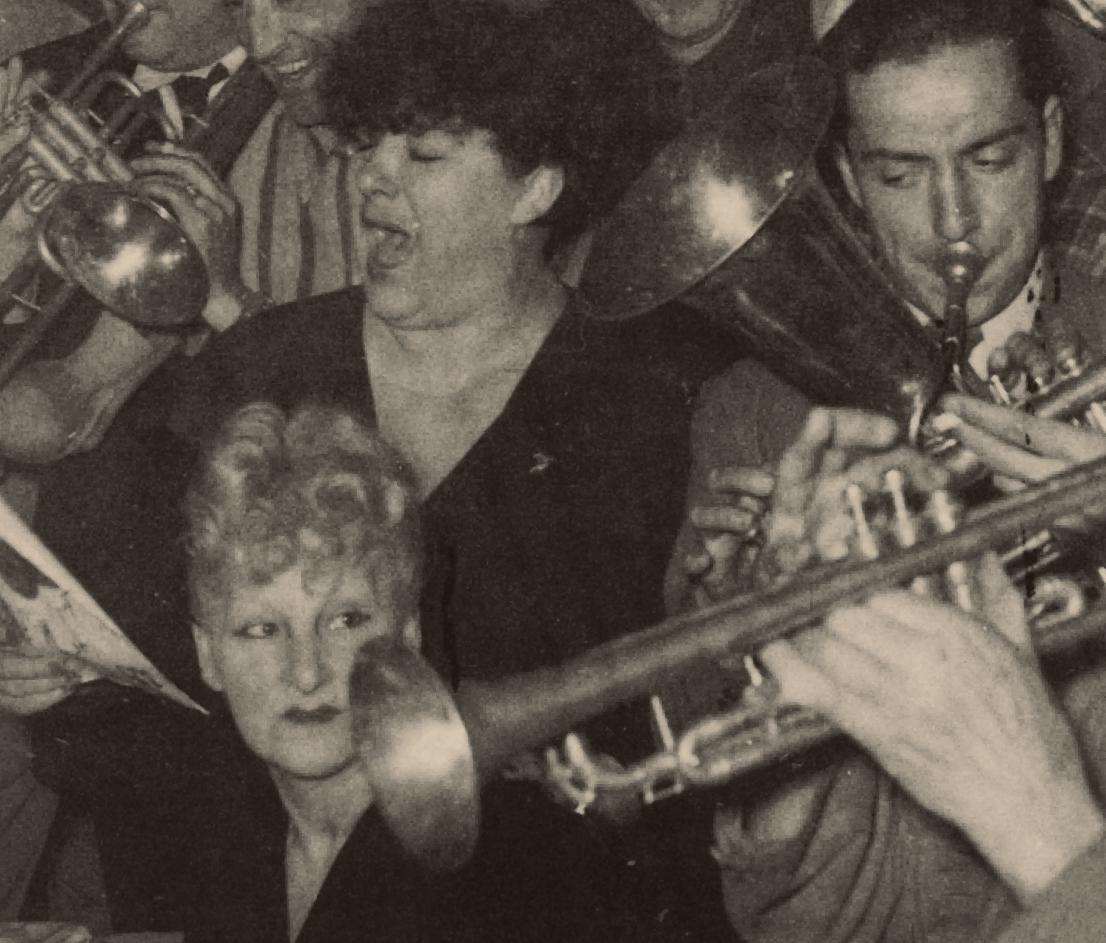



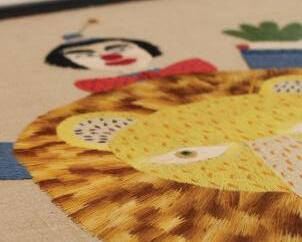
Henri Maïk (1922-1993)
Pret pour le cirque, 1973
tapestry
25 9/16 x 21 1/4 in.
FG© 140212
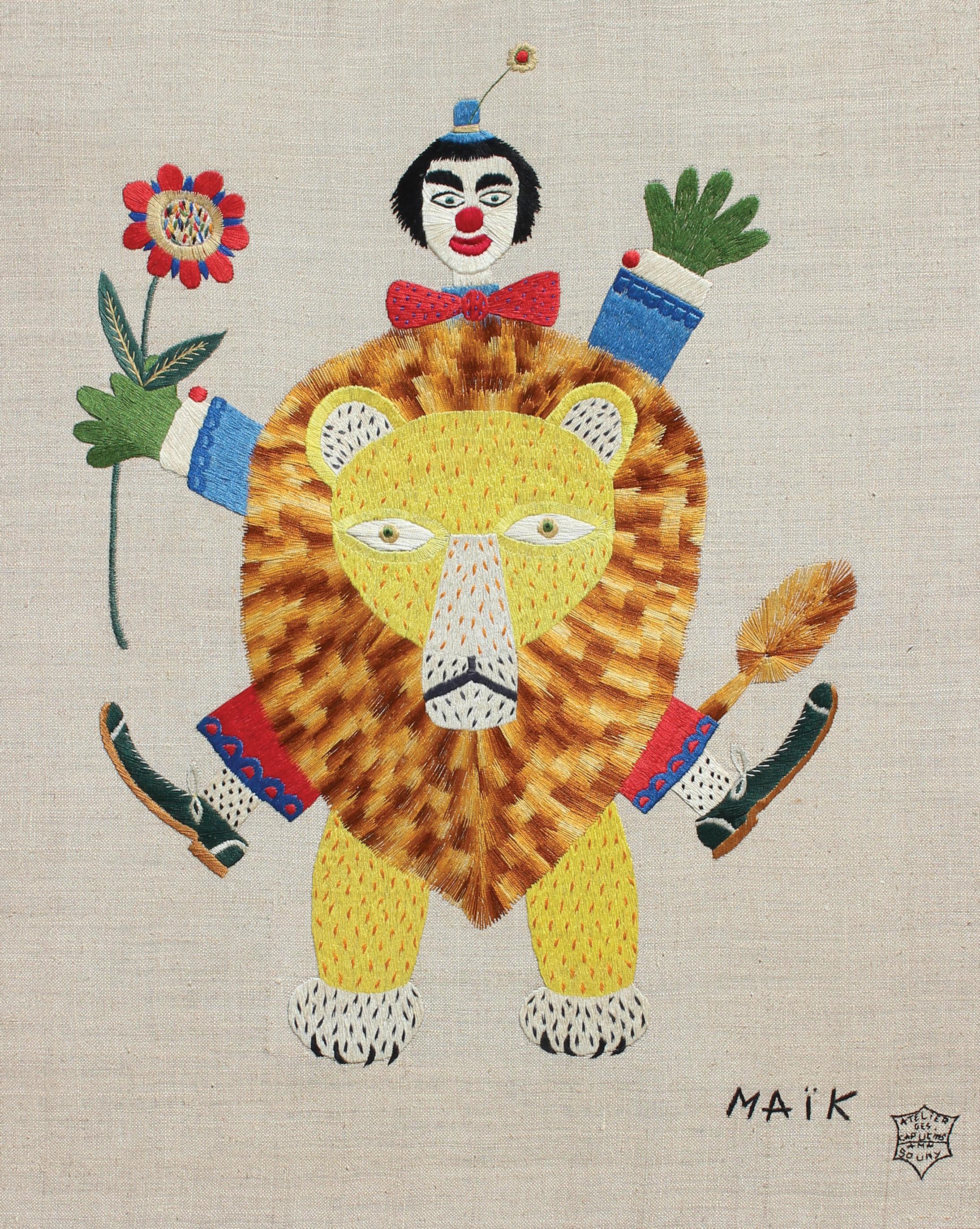

Henri Maïk (1922-1993) | The Lion, 1965 oil on canvas | 36 1/4 x 28 3/4 in. | FG© 141650
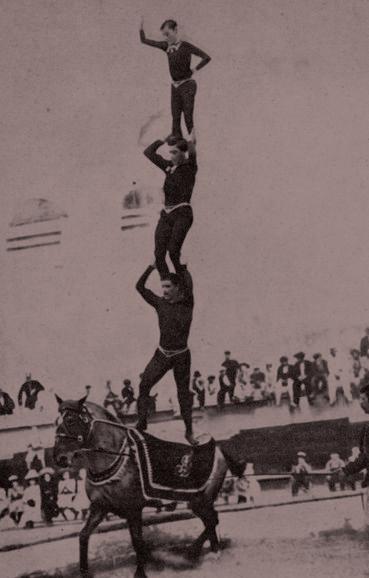

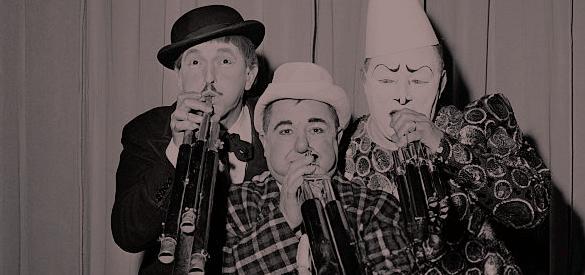
FINDLAY GALLERIES
THREE CENTURIES IN ART

